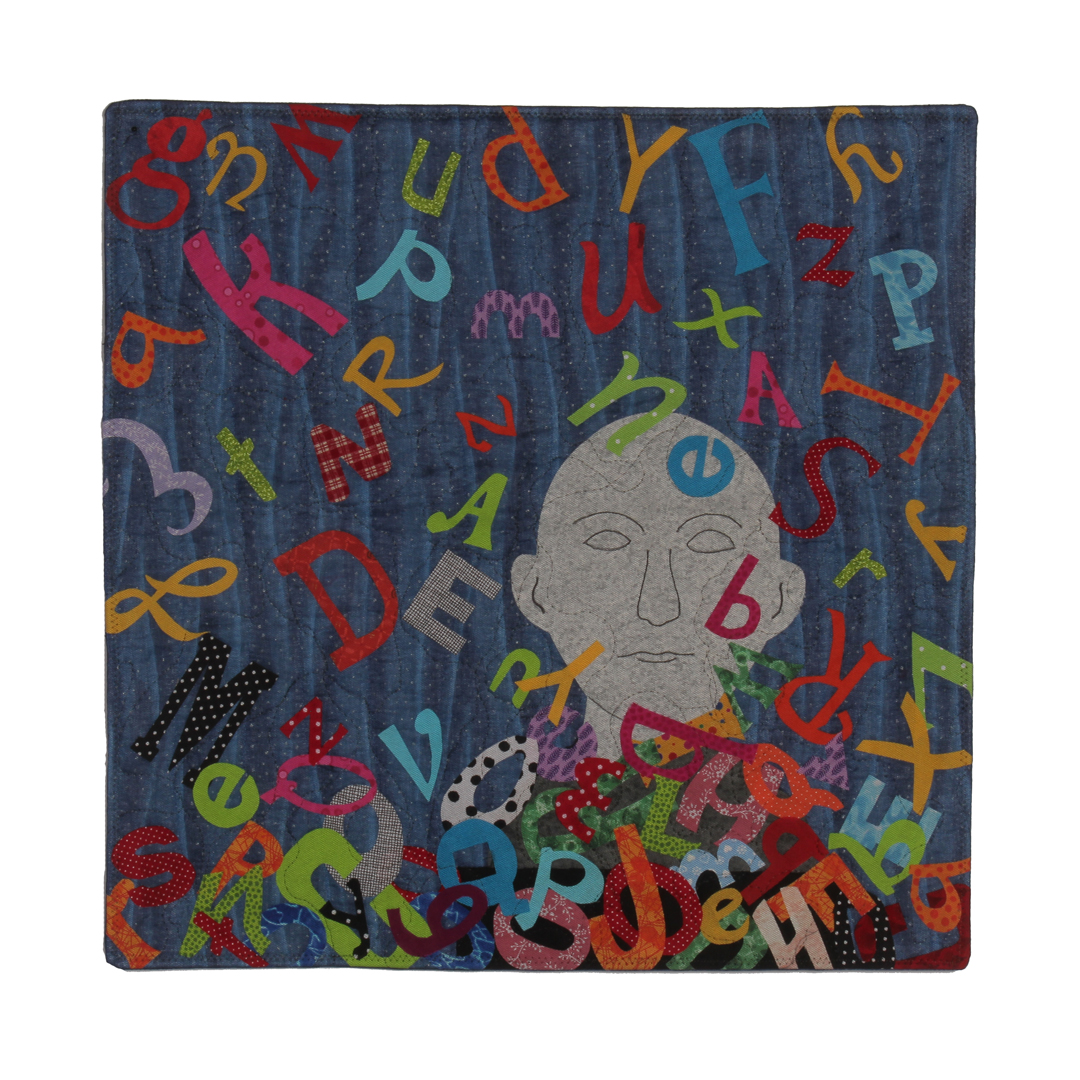The statistics are horrifying:
- A garbage truckload of plastic dumped into our oceans every minute – 9 million tons a year.
- A trillion plastic bags used worldwide each year, each with an average "working life" of 15 minutes.
- Massive plastic "islands" in the oceans, at least one the size of Texas.
- Birds and marine animals trapped by plastic nets and bags, or starved by eating plastic rather than real food.
More plastic than fish in the ocean by 2050 (by weight) if we keep on as we are.
Plastic breaks down into tiny pieces in the ocean, but it never goes away.
Much of the plastic that enters the oceans come from developing countries, especially in Asia, that literally have no garbage pickup, landfills, or recycling. The June 2018 issue of National Geographic has an extensive article with heart-breaking photos. There is also a fact sheet from Earth Day Network here.
But I promised you some good news last month, right? And there is!
- Many people, countries, big corporations, and not-for-profits are getting involved – Coke Pepsi, Unilever, and others are committed to reusable or recyclable or compostable packing materials by 2025.
- The trade journal Plastics Technology (July 2018), reports on a consortium of companies and not-for-profits intercepting plastic in high-risk areas before it gets to the water. The company Envision has overcome technical problems to produce an attractive silvery container from 100% beach plastic.
- Norway is recycling 97% of plastic bottles by charging high deposits.
- Many countries, states and cities are banning or taxing the one-use plastic bag.
What can individuals do? Lots!
- Use cloth bags at the grocery store. I keep cloth bags in my car. (Use an old plastic bag to wrap meat so it doesn't leak.) If it gets dirty, just wash the bag in the sink and let dry. (Do NOT try to iron them – they melt. I can't even remember why on earth I tried to iron one anyway.)
- Buy a refillable water bottle. I have a pretty blue metal one. Or buy one plastic bottle and keep refilling it. Individual plastic water bottles are a horrendous waste of the earth's resources, in addition to the problem of disposal.
- Use paper plates and cups instead of plastic ones when you have too many guests for the china. I use sturdy plastic knives, forks and spoons at parties, but I wash them and reuse them.
- Skip the straws! Restaurants are starting to provide straws only on request. In the US alone, we use 500 million plastic straws per DAY. How about a personal metal straw for the person who has everything?
- Recycle! Yes, I know it's a pain in the neck to wash out containers and store them. But when I see the big bags of plastic that I accumulate in a very short time, I am stunned – and I'm just one person. How pathetic that we recycle less than 10% of plastic in the US.
- Support local and global initiatives. Look for recycled plastic containers when you buy products. Donate to not-for-profits that are working on the problem. Let's leave the world a little cleaner than we found it!








